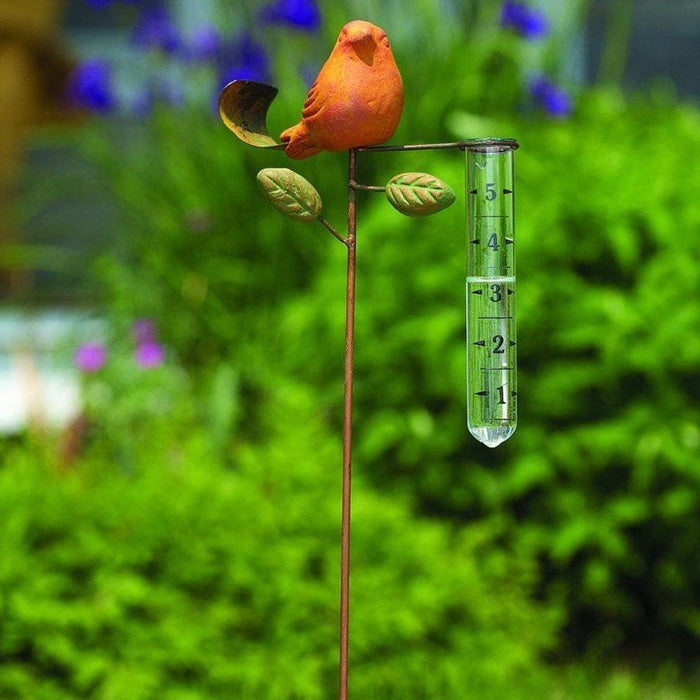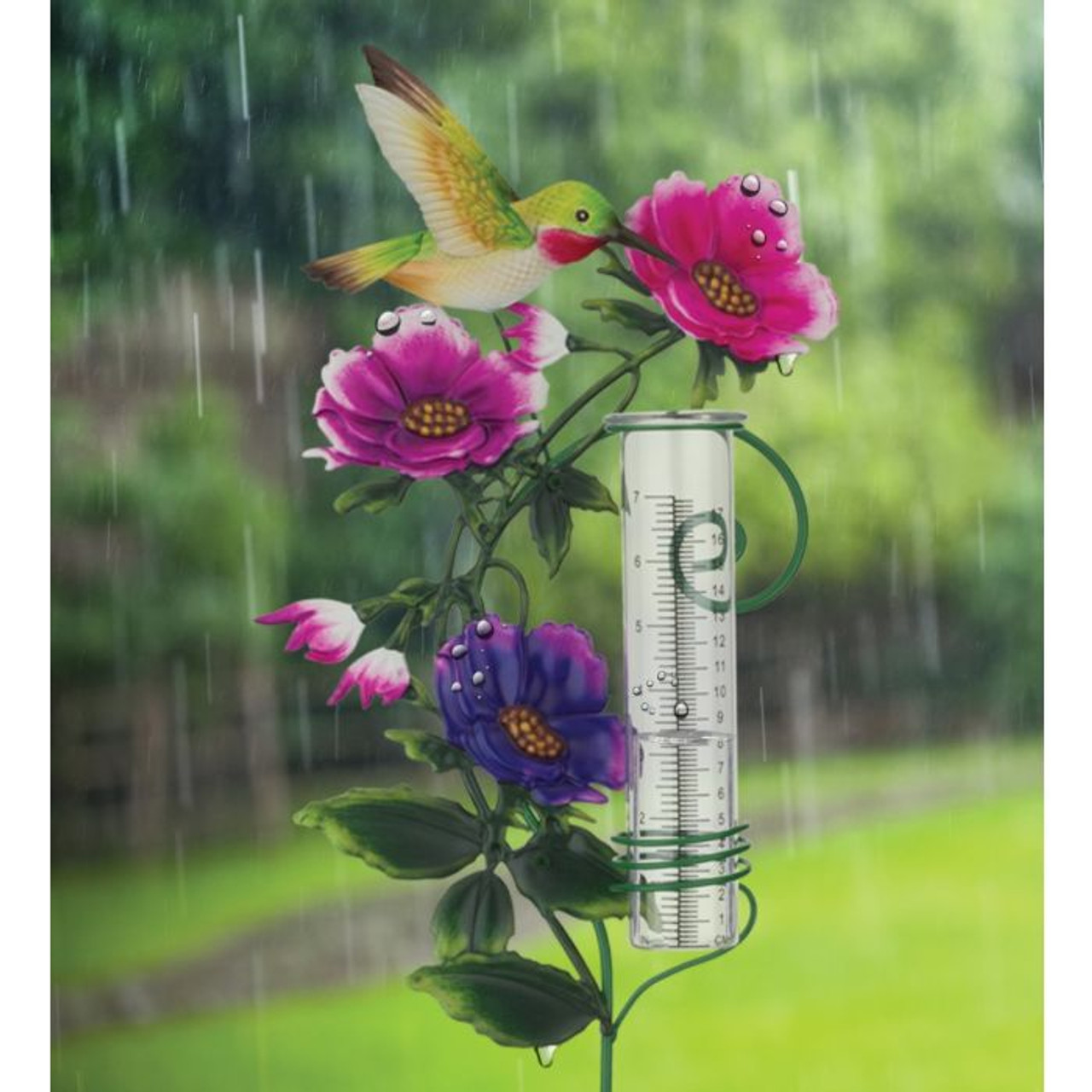Study The Rain Gauge: From Historical Advancement to Modern Applications
Study The Rain Gauge: From Historical Advancement to Modern Applications
Blog Article
Exactly How to Pick the Right Rainfall Scale for Accurate Rainfall Information
Exact rainfall data is vital for various industries and activities, such as meteorology, water, and agriculture source administration. To obtain reliable measurements, it is important to select the best rain scale. This guide intends to offer valuable understandings right into the choice process, enabling you to make educated choices. Thinking about aspects such as place, type, and accuracy of the rainfall gauge will aid make sure specific data collection. Furthermore, recognizing the maintenance and calibration treatments will add to the long life and dependability of your rainfall scale. By adhering to these standards, you can guarantee exact rains data, making it possible for better decision-making and preparation for different applications.
Significance of Picking the Right Rain Scale
The value of picking the appropriate rain scale exists in obtaining exact and reputable rains information for exact meteorological analysis. Rain data is important for a large range of applications, consisting of weather condition projecting, hydrological modeling, and environment research study. Unreliable or incorrect information can lead to wrong final thoughts and flawed decision-making processes.

Secondly, the accuracy and accuracy of the rain gauge are extremely important. The scale ought to be able to determine rains with high accuracy, recording even small amounts of rainfall accurately.
Furthermore, the place and installation of the rain scale are crucial considerations. It needs to be put in an open location, far from obstructions that could influence rains measurements. The gauge should be positioned at an ideal elevation and angle to stay clear of splashing and make certain appropriate catchment of rainwater.
Factors to Take Into Consideration When Selecting a Rain Scale
When selecting a rain gauge, there are a number of crucial variables to think about. There are different kinds readily available, consisting of common rain evaluates, tipping bucket rainfall evaluates, and considering rain gauges.
One more factor to think about is the product of the rain scale. Rain gauges can be made of numerous products, such as glass, plastic, or metal. The product chosen should be immune and durable to weather, guaranteeing that the rainfall gauge will stand up to the aspects and supply accurate dimensions gradually.
Precision is additionally a critical variable to think about. Try to find rainfall assesses that have actually been calibrated and tested for accuracy. Functions such as anti-splash rings and funnels can also boost the precision of the dimensions.

Finally, take into consideration the environment and setting in which the rainfall scale will certainly be made use of. Different rainfall assesses appropriate for various climates, so it is very important to pick one that is appropriate for the problems in your location.
Different Kinds Of Rainfall Evaluates Readily Available
To further explore the variables to take into consideration when picking a rain scale, it is crucial to recognize the various kinds of rain assesses readily available. The most usual type is the common rainfall gauge, likewise recognized as the round rain scale.
Another kind of rain gauge is the tipping container rain gauge. As the rainfall drops right into the gauge, it loads up one side of the bucket, triggering it to clear the water and tip.
A 3rd kind of rainfall gauge is the evaluating rainfall scale. This gauge makes use of an equilibrium system to measure the weight of the collected rainfall. As the rainfall falls under the scale, it is accumulated in a container attached to an equilibrium. The weight of the water is measured, and the rains amount is determined based on the weight. Considering rain assesses are highly precise however can be much more pricey and call for routine upkeep.
Finally, there are likewise remote rain evaluates that use advanced modern technology to determine rains (The Rain Gauge). These determines usage sensing units and transmitters to send out information wirelessly to a main unit. Remote rain gauges are practical for checking rainfall in hard-to-reach locations or for large data collection
How to Determine the Precision of a Rainfall Scale
One means to analyze the accuracy of a rain gauge is by carrying out regular calibration dimensions. Calibration involves comparing the readings of a rainfall gauge to a typical measurement, such as a licensed rain scale or a climate station with check this site out high accuracy. By comparing the dimensions, any kind of discrepancies or mistakes in the rain gauge can be recognized and represented.
To conduct a calibration measurement, begin by accumulating rainfall data from both the rain scale and the common dimension device over a details amount of time, such as a month. Then, contrast the readings and determine the distinction between them. This distinction is understood as the calibration mistake.
It is very important to keep in mind that calibration dimensions need to be done routinely, as ecological elements, such as temperature level, particles, and wind, can influence the accuracy of the rainfall scale gradually. By conducting normal calibrations, any adjustments in the precision of the rainfall gauge can be spotted and adjustments can be made as necessary.
In enhancement to calibration, it is also recommended to tidy and preserve the rainfall scale frequently to ensure its accuracy. Remove any particles or blockages that may affect the accuracy of the measurements, and look for any kind of indications of damages or wear that may call for fixings or substitute.
Tips for Preserving and Adjusting Your Rain Scale
Regular upkeep and calibration are essential for ensuring the accuracy and integrity of your rainfall gauge in determining rains data (The Rain Gauge). By adhering to a couple of straightforward suggestions, you can make sure that your rainfall scale is effectively maintained and calibrated
Firstly, it is necessary to clean your rain scale routinely to stop any type of particles or dirt from obstructing the rainfall collection system. Make use of a soft brush and a light detergent to carefully clean the within and outside of the scale. Rinse it thoroughly with tidy water and permit it to dry completely before re-installing it.
Secondly, it is advised to calibrate your rainfall gauge at the very least yearly. Calibration entails contrasting the dimensions of your rain gauge with those of a relied on and precise recommendation gauge. This will aid you recognize and remedy any type of possible errors in your rainfall scale's dimensions.
To adjust your rainfall gauge, gather a recognized volume of water making use of a measuring container and contrast it with the measurements videotaped by your rain gauge. Readjust the readings appropriately to guarantee accuracy.

Verdict
In click here to read verdict, picking the best rain scale Source is crucial for getting exact rainfall information. Factors such as objective, area, and budget plan need to be taken into consideration when picking a rainfall gauge.
There are various types available, consisting of common rainfall gauges, tipping bucket rain evaluates, and considering rainfall determines.To further check out the elements to consider when choosing a rainfall scale, it is crucial to comprehend the various types of rainfall determines readily available. The most typical type is the basic rainfall gauge, likewise known as the round rainfall gauge.One more type of rainfall scale is the tipping bucket rainfall scale. Calibration involves comparing the readings of a rainfall scale to a basic measurement, such as a certified rain gauge or a weather station with high precision.
Report this page